
We all have that one story that we like to tell everyone why we can’t drink or even smell tequila because of that one trip to Mexico at the ripe age of eighteen, or seventeen with an older sibling’s ID. Drinking Shots! Shots! Shots! Of tequila, Everybody! Eating cheap street foods at the wee hours of the night/morning, and yes drinking beer to slow down, but then inevitably getting hammered with more tequila till you end up doing or going back to the hotel with a stranger that seemed at the time very exotic and enlightening just to find out what a horrible mistake you’ve made. Not to mention that loud dull constant pounding in your head and nauseating feeling in your stomach that makes you want to keep rushing to the porcelain god in the bathroom puking what seemed like a delicious meal last night and drinking more water to prevent dry heaving and dehydration. Yes we’ve all been there with similar stories and experiences. Unfortunately, tequila has had a bad rap and now as an adult I really enjoy a nice whiskey and/or a delicious tequila.
Tequila is a distilled beverage made from the blue agave plant, primarily in the area surrounding the city of Tequila northwest of Guadalajara, and in the Jaliscan Highlands (Los Altos de Jalisco) of the central western Mexican state of Jalisco. Like Mezcal, tequila is also made from the agave plant and originates from the same regions of Mexico. The distinction is that tequila is made only from blue agave and they are prepared in different ways. Tequila is commonly served neat in Mexico, sometimes with a local fruit and vegetable juice chaser called sangrita, and usually as a shot with salt and lime around the world.
The red volcanic soils in the region of Tequila is well suited to growing the blue agave, and more than 300 million of the plants are harvested there each year. Agave grows differently depending on the region. Blue agaves grown in the highlands Los Altos region are larger and sweeter in aroma and taste. Agaves harvested in the lowlands have a more herbaceous fragrance and flavor.

Mexican laws state that tequila can only be produced in the state of Jalisco and is recognized as a Mexican designation of origin product in more than 40 countries. Tequila can be between 35 and 55% alcohol content (70 and 110 U.S. proof). It must contain at least 40% alcohol (80 U.S. proof) to be sold in the United States.
Tequila was first produced in the 16th century near the location of the city of Tequila, which was not officially established until 1666. A fermented beverage from the agave plant known as pulque was consumed in central Mexico before European contact. When the Spanish conquistadors ran out of their own brandy, they began to distill agave to produce one of North America’s first indigenous distilled spirits.
Some 80 years later, in around 1608, Spain’s King Carlos lV granted the Cuervo family the first license to commercially make tequila. Don Cenobio Sauza, founder of Sauza Tequila, was the first to export tequila to the United States. Over 100 distilleries make over 900 brands of tequila in Mexico and over 2000 brand names have been registered. Because of this, each bottle of tequila contains a serial number or Norma Oficial Mexicana (NOM) depicting in which distillery the tequila was produced.
The two basic categories of tequila are Mixtos and 100% agave. Mixtos use no less than 51% agave, with other sugars making up the remainder.
There are also four categories for tequila, depending on the aging period.
Blanco (“white”) or plata (“silver”): white spirit, unaged and bottled or stored immediately after distillation, or aged less than two months in stainless steel or neutral oak barrels.
Reposado (“rested”): aged a minimum of two months, but less than a year in oak barrels of any size.
Anejo (“aged” or “vintage”): aged a minimum of one year, but less than three years in oak barrels; this category was established in March 2006.
Extra Anejo (“extra-aged” or “ultra-aged”): aged three to five years, or longer in oak barrels; this category was also established in March 2006.
With 100% agave tequila, blanco or plata is harsher with the bold flavors of the distilled agave up front, while reposado and anejo are smoother, subtler, and more complex. As with other spirits aged in oak casks, tequila takes on the flavors of the wood, while the harshness of the alcohol mellows. The major flavor distinction with 100% agave tequila is the base ingredient, which is more vegetal than grain spirits and often more complex.
In Mexico, the most traditional way to drink tequila is neat, without lime or salt. It is popular in some regions to drink fine tequila with a side of sangrita- a sweet, sour, and spicy drink typically made from orange juice, grenadine or tomato juice, and hot chili. Equal sized shots of tequila and sangrita are sipped alternately, without salt or lime. Outside of Mexico, a single shot of tequila is often served with salt and a wedge of lime. This is called tequila cruda and is sometimes referred to as “training wheels”, lick-shoot-suck. Lick the salt, shoot the shot of tequila, and suck on the wedge of lime. In Germany and some other countries, tequila oro (“gold”) is often consumed with cinnamon on a slice of orange after, while silver tequila is consumed with salt and lime.
Pro tip: Chilling any alcohol can be used to reduce the smell or flavors associated with lower quality product. Bartenders will often shake spirits with ice to “water it down” or soften it, but it also makes it chilled to mask or hide flaws of “cheaper” or inferior products.
Many of the higher quality, 100% agave tequilas do not impart significant alcohol burn, and drinking them with salt and lime is likely to remove much of the flavor. These tequilas are usually sipped from a snifter glass rather than a shot glass, and savoured instead of quickly gulped. Doing so allows the drinker to detect subtle fragrances and flavors that would otherwise be missed.
Top 5 Popular drinks with tequila
Margarita
2.0 oz Silver Tequila
1.0 oz freshly squeezed lime juice
0.75 oz simple syrup
0.5 oz orange liqueur
Tequila Sunrise
1.5 oz Silver Tequila
3.0 oz Orange Juice
0.5 oz Grenadine syrup
* add more Orange Juice to soften the cocktail
Paloma
1.5 oz Silver Tequila
3.0 oz Grapefruit soda
(2.0 grapefruit juice and 1.0 oz club soda)
Lime wedge
Salted rim is optional
Bloody Maria
2.0 oz of Silver Tequila
3.0 oz of Zing Zang bloody mary mix
* bloody mix is left to the expression and interpretation of the bartender. This is a hot topic that will be addressed at a later article and date. Everyone has their own opinion on the perfect bloody mary mix recipe.
Brave Bull
2.0 Silver Tequila
2.0 oz Kahlua
*popular ‘60’s cocktail that I felt to mention because most of the newer generations would not know this retro classic cocktail
* Boozy Woozie Sangrita*
4 cups pineapple juice
2 cups orange juice
0.5 cups lime juice
1 cup cilantro
1 cup cucumber
1 cup Jalapeno
1 cup Pico de gallo (salsa works but try the pico if possible)
5 oz of Cholula hot sauce
5 oz of Tabasco hot sauce
5 oz of grenadine
5 oz of agave nectar

*blend all contents together to make a viscous thick and tasty Sangrita chaser.
If the sangrita is too thick or intense, add more pineapple juice or orange juice to soften the sangrita to your liking.
Fun fact: Tequila is closer to lilies than cactus. Many believe tequila is made from cactus, but the agave plant is actually in the lily family, not cactus.
Fun fact: All tequila is mezcal, but not all mezcal is tequila. Mezcal is a distilled beverage made in Mexico from agave. Tequila is made from blue agave in the Appellation of Origin: Tequila territory, primarily the state of Jalisco. Best way to explain this relationship: all bourbon is whiskey but not all whiskey is bourbon.
July 24th is National Tequila Day in the United States.
Top 5 Spots for Tequila
Blanco Cocina Cantina
Saint Anejo
Rosepepper Cantina
La Hacienda Taqueria
Taqueria Del Sol
Top 5 Margarita Spots
Blanco Cocina Cantina
Rosepepper Cantina
Local Taco
Butchertown Hall
Pancho & Lefty’s Cantina
Top 5 Mexican Spots
Blanco Cocina Cantina
Saint Anejo
Cerveza Jack’s
Pancho & Lefty’s Cantina
Nada


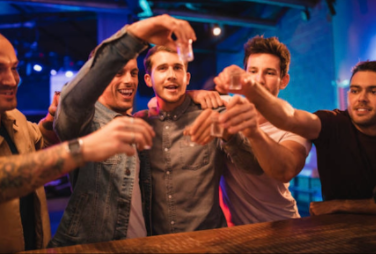


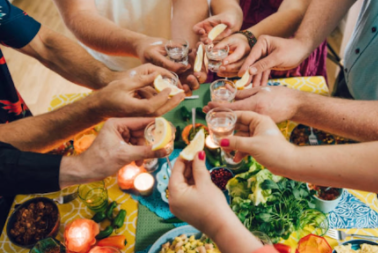

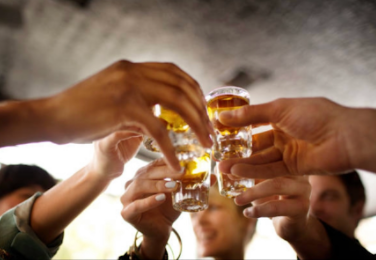



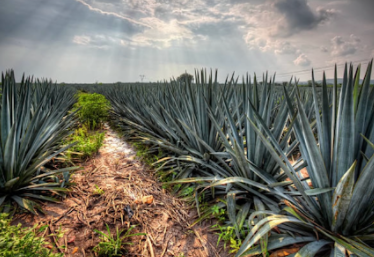
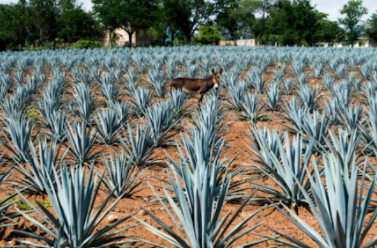

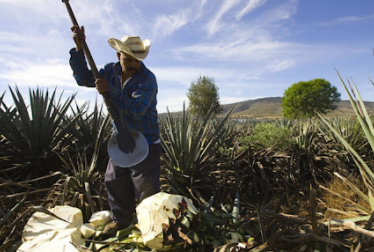
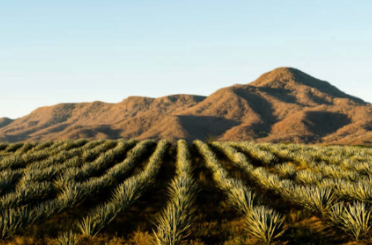
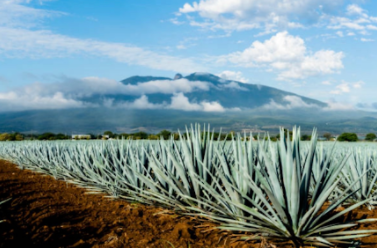













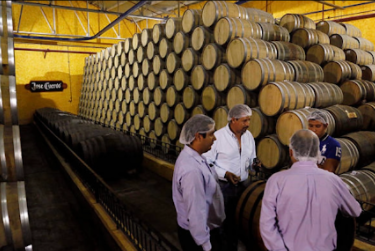

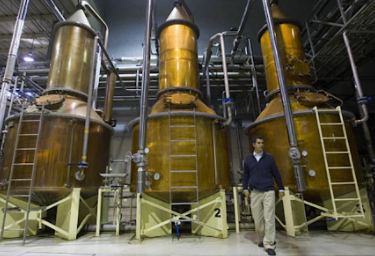
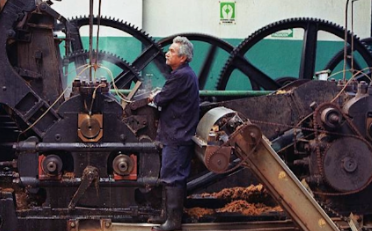
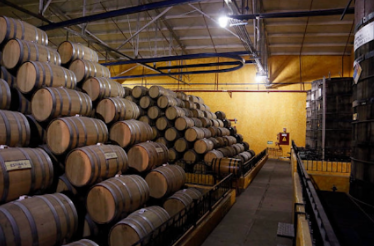
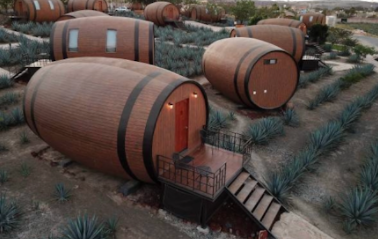
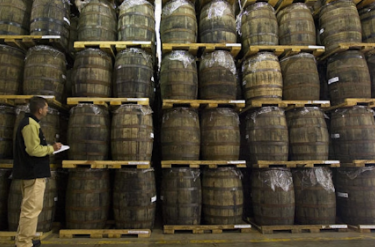












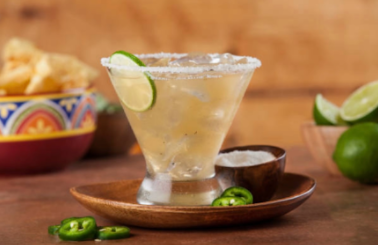












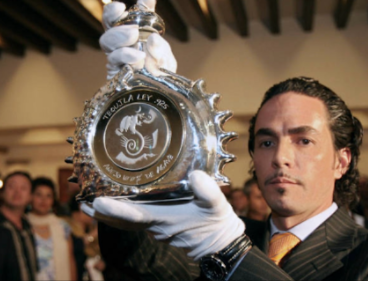






I'm here for the Mexican spots! Can't wait to check them out!